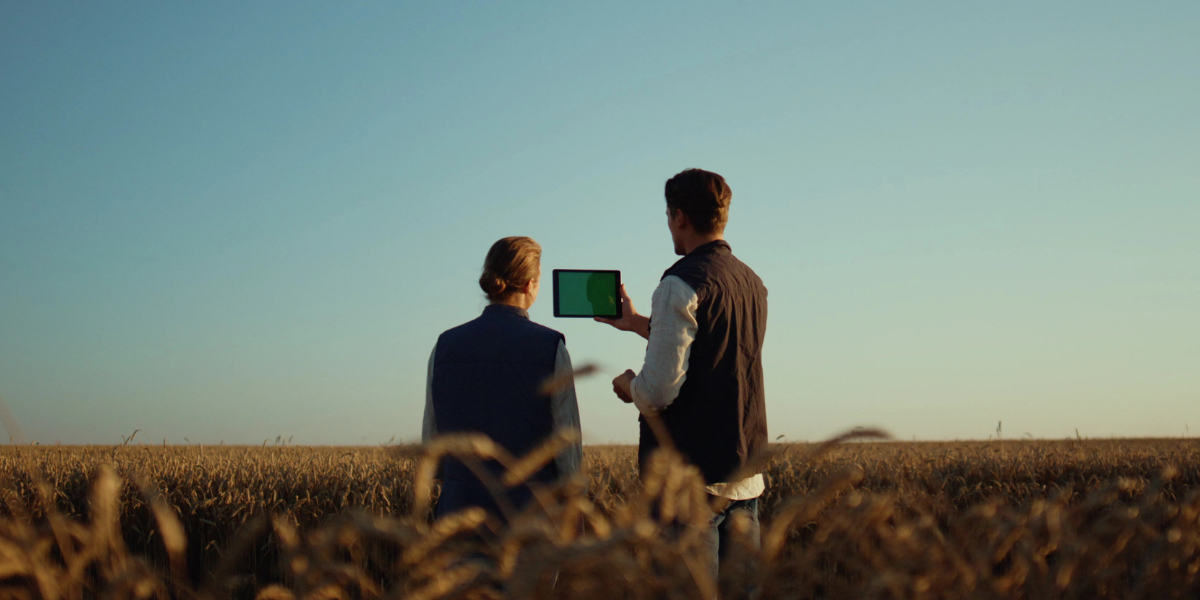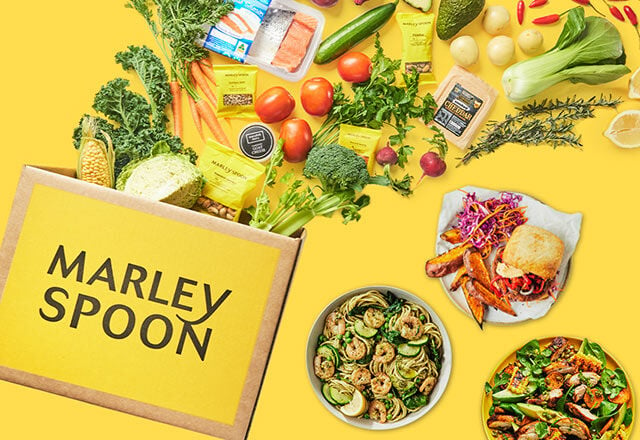Global food supply chains have faced momentous challenges in recent years.
From chaos at international ports during the peak of COVID-19, to the disruptive impact of major geo-political events, such as the conflict in Ukraine, the food and drink sector has faced an uphill battle in transporting products and services from A to B. And far from being over, they are now grappling with steep rises in the cost of goods.
In 2022, global food prices surged by no less than 20% with grains, cereals and edible oils among those commodities seeing the biggest cost hikes. This rises in agricultural prices have been coupled with sharp increases in the costs of transportation, leaving businesses with a double blow to their bottom line.
What has caused rising costs in global food?
A perfect storm of pressures lies behind this challenging economic climate. Not only has the conflict in Ukraine, a major exporter of agricultural products, created major shortages and driven up costs, but this has been amplified by the lingering effects of the pandemic in leading economies like China, the volatility created by climate change and mass labour shortages.
And though some of these contributing factors are easing, with restrictions lifted in China, rising costs are expected to weigh on global supply chains for some months to come.
What impact have this had on the food & drink supply chain?
Globally the impact of these increasing costs has been stark. With food and drink producers unable to absorb significant price rises, many have been forced to pass on a chunk of the additional cost to consumers, inflating everyday prices for groceries at the same time that households struggle with rising fuel and energy bills. Higher international food prices are estimated to have added six percentage points to consumer food inflation globally in 2022, according to the IMF.
In many developed markets these inflationary pressures have triggered a cost of living crisis. In the UK, for example, nearly two million households struggled to pay essential bills in December 2022, with payments missed for mortgages, rent, electricity and credit cards, and millions of emergency food parcels handed out via food banks and other charities.
In less developed economies, the effect has been even more profound. According to the World Bank, up to 205 million people across 45 countries currently face acute food insecurity and are in need of urgent assistance.
What can be done to address the problem?
There is no short-term fix when it comes to addressing these often systemic challenges in global food supply chains. The impact of extreme weather events on agricultural yields is only set to worsen as a result of climate change in the coming years, for example.
For food and drink companies, this lays bare the need to integrate far greater resilience into supply chains as part of their core strategies. In the short-medium term this includes simulating and planning for extreme disruptions, re-evaluating the feasibility of just-in-time strategies, holding higher volumes of inventory closer to the point of sale and creating more robust talent pipelines.
But in the longer-term it also requires every organisation to reassess supply chains, identifying ways to reduce environmental impact so as to mitigate the impact of increasing costs even once the current acute crises have passed.
Key takeaways
These efforts will need to sit alongside broader countrywide efforts to create more resilient global supply chains, with investments in both local food production and food tech initiatives designed to protect crop yields all part of the steps required to affect systemic change.
Without these changes, at both national and organisational levels, the rising cost of goods currently crippling global food supply chains will form an ongoing challenge for the sector. Yes, there are acute crises that have amplified the weak spots, but simply covering over the cracks with short-term measures isn’t enough.
Read part 2 in our Cost of Goods series: Navigating Rising Costs in Global Food with a Proactive Procurement Plan here.
Natalie Thorpe
A graduate of Letterkenny Institute of Technology, Natalie studied Visual Communication and Graphic Design. When she's not creating up new designs for company materials and branding, writing, compiling marketing plans or implementing new UX strategies, you'll find her roaming a deserted beach in search of her disappearing dog, or soaking up different cultures on her globetrotting adventures!
Stay up to date
Stay up to date
Browse Posts
- December 2025
- November 2025
- October 2025
- September 2025
- August 2025
- July 2025
- June 2025
- May 2025
- April 2025
- March 2025
- February 2025
- January 2025
- December 2024
- November 2024
- October 2024
- September 2024
- August 2024
- July 2024
- June 2024
- May 2024
- April 2024
- March 2024
- February 2024
- January 2024
- December 2023
- November 2023
- October 2023
- September 2023
- August 2023
- July 2023
- June 2023
- May 2023
- April 2023
- March 2023
- December 2022
- November 2022
- October 2022
- September 2022
- August 2022
- July 2022
- June 2022
- May 2022
- April 2022
- March 2022
- February 2022
- January 2022
- December 2021
- November 2021
- October 2021
- August 2021
.png)
/Blog%20Headers/shutterstock_1927957907%20(1).jpg)
/Blog%20Headers/shutterstock_1845178195%20(2).jpg)
/Blog%20Headers/shutterstock_2473376713.jpg)
/Blog%20Headers/shutterstock_2133827717%20(1).jpg)
/Blog%20Headers/shutterstock_2247276303.jpg)
.png)
.png)



.jpeg)
.png)

/Blog%20Headers/Whitbread%20CS%20Blog%20Header.jpg)
/Blog%20Headers/Duncan%20Spencer%20Brown.png)
![[Infographic] Story of a Christmas hamper: a regulation rundown](https://blog.foodsconnected.com/hubfs/Blog%20Imagery%20(PI%20AUTOMATED)/Blog%20Headers/Blog%20Header_Story%20of%20a%20hamper.png)
.png)
/Blog%20Headers/Maria%20Castanheira-large%20(1).jpg)
/Blog%20Headers/crispy%20bunny.png)